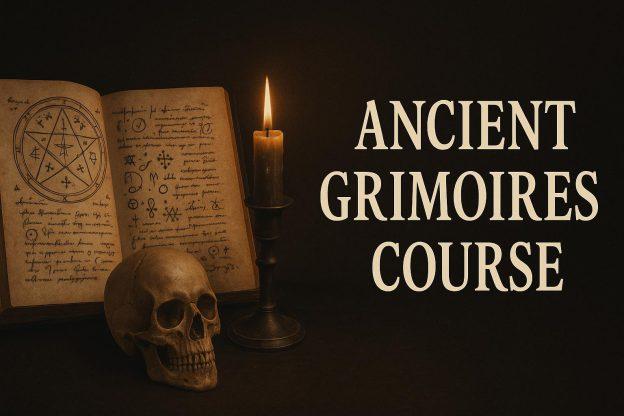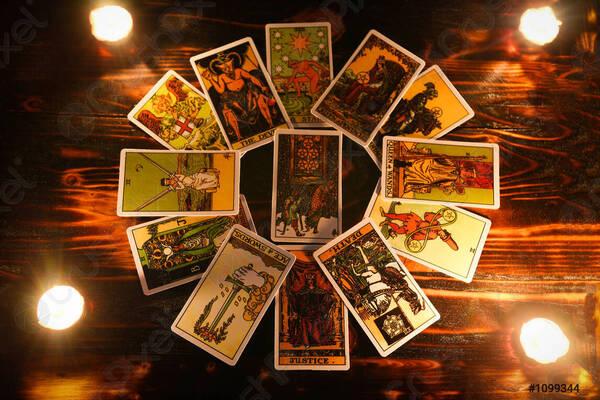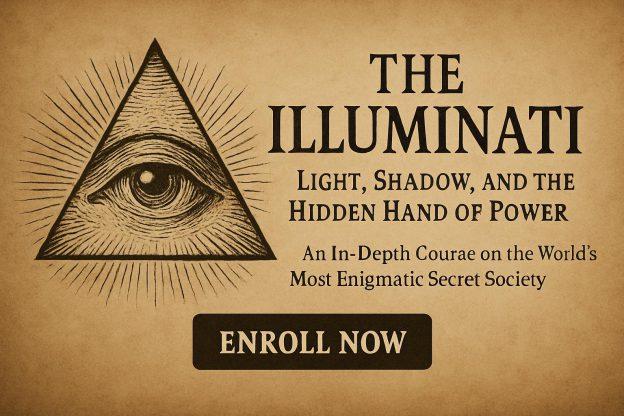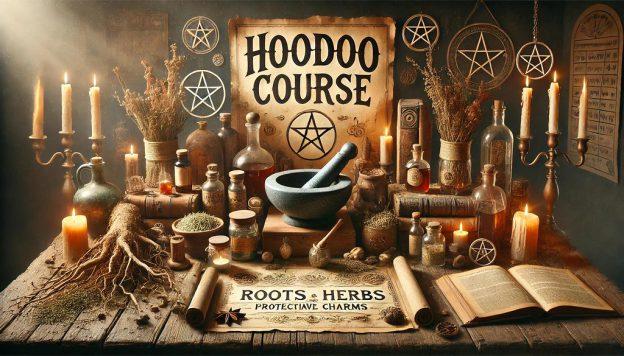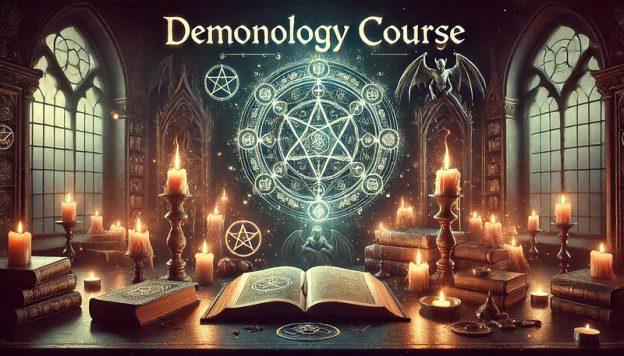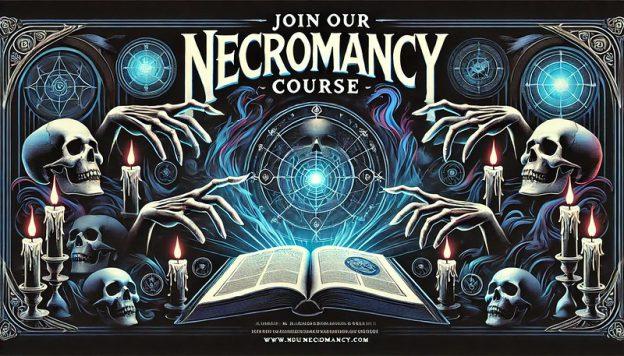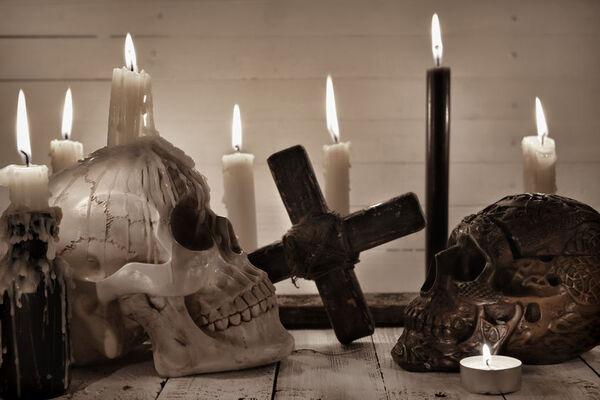The Exorcismo Magno: Mexico’s Nationwide Battle Against the Demonic
A Nation Under Siege
In May 2015, behind the heavy doors of the Cathedral of San Luis Potosí, a group of high-ranking Catholic clerics gathered for a rite unseen in Latin America for generations.
They called it the Exorcismo Magno — a “Great Exorcism” performed not upon a single person, but over an entire nation.
Led by Archbishop Carlos Cabrero Romero and Spain’s renowned exorcist Father José Antonio Fortea, the closed-door ritual invoked the Archangel Michael and the Virgin Mary against what participants described as “a tide of violence, corruption, and satanic influence” afflicting Mexico.
Only bishops, priests, and authorized assistants were present; no cameras, no press.
Afterward, Father Fortea told reporters that the ceremony was intended “to drive away the demons that have made their home in Mexico.” (CNA News Agency, 2015)
Context: Violence and Faith
The Exorcismo Magno arose amid a surge of public horror — mass kidnappings, cartel killings, desecrated churches.
Mexico’s bishops had declared a national day of prayer, yet this rite went further: a formal exorcism of the land itself.
Fortea later compared it to “spiritual fumigation,” echoing the Roman Ritual’s Exorcismus in Satanam et Angelos Apostaticos — a text once reserved for cases of major infestation.
While mainstream media treated the story as curiosity, within Mexico the event rekindled debate on the Church’s Rite of Exorcism, revised by the Vatican in 1999.
It also brought to light a network of trained exorcists operating quietly under each diocese.
One of the most outspoken was Father Francisco López Sedano, national coordinator of the Mexican exorcist ministry, who in interviews described performing “hundreds of liberations.” (BBC News Mundo, 2016)
Inside the Ministry of Consolation
The Archdiocese of Mexico City maintains a Ministerio de Consolación y Exorcismo, where clergy work alongside psychiatrists to discern possession from illness.
Appointments are discreet; cases begin only after medical clearance.
Father López Sedano explained:
“We see phenomena that medicine cannot explain — levitation, languages never learned — but also people who simply need psychological help. The first step is always diagnosis.”
This dual heritage of faith and psychology defines modern Catholic exorcism, where spiritual, medical, and cultural interpretations converge.
For Readers of Occult World, the Case Connects With:
- **Demonology ** – Hierarchies of infernal entities and their traditional seals.
- **Exorcism ** – Rites of liberation in Christianity, Judaism, and Islam.
- **Saints ** – Saint Michael the Archangel and Saint Benedict as archetypes of spiritual combat.
- **Religious Orders ** – How priests and lay exorcists cooperate under episcopal mandate.
- **Magick & Spells ** – Analogies between Catholic sacramentals and protective talismans.
- **Mind Control ** – Psychological susceptibility, trance, and the shaping power of belief.
Esoteric Interpretation
From an occult–philosophical view, exorcism mirrors the ancient Hermetic Banishing Rite: a restoration of harmony between spirit and matter.
Possession, whether seen as demonic intrusion or psychic disintegration, represents the unconscious surrender of will.
The exorcist’s work is therefore both external and alchemical — to command chaotic forces back into order.
In Theurgic traditions, such rites purify the human microcosm, aligning it with divine order.
Each confrontation between priest and entity becomes a symbolic reenactment of the cosmic polarity: light versus darkness, consciousness versus chaos.
Aftermath and Legacy
The Vatican did not issue an official communiqué on the 2015 Exorcismo Magno, yet participants claimed that “a spiritual calm” followed in the months thereafter.
Critics dismissed it as collective theatre; believers regarded it as a necessary metaphysical defense.
Regardless of interpretation, the event proved that the medieval language of spiritual warfare still resonates in a modern nation confronting real violence.
In subsequent years, Mexico’s exorcist network has grown. Training workshops, pastoral guidelines, and renewed media coverage confirm a continued institutional presence.
And while public exorcisms remain rare, private liberations occur weekly across dioceses — quiet, sanctioned, and deeply human attempts to face the unseen.
Sources & Documentation
- Catholic News Agency (CNA) – “Exorcists perform ritual to combat violence in Mexico.” (29 May 2015)
- BBC Mundo – “Los exorcismos de la Iglesia católica en México.” (4 Feb 2016)
- Archdiocese of Mexico City – Ministerio de Consolación y Exorcismo (official pastoral information site)
- El Universal (Mexico) – reports on Fr. Francisco López Sedano and diocesan exorcist training (2018 – 2024).
- Fortea, José Antonio. Summa Daemoníaca (2003; Rev. ed. 2018).
